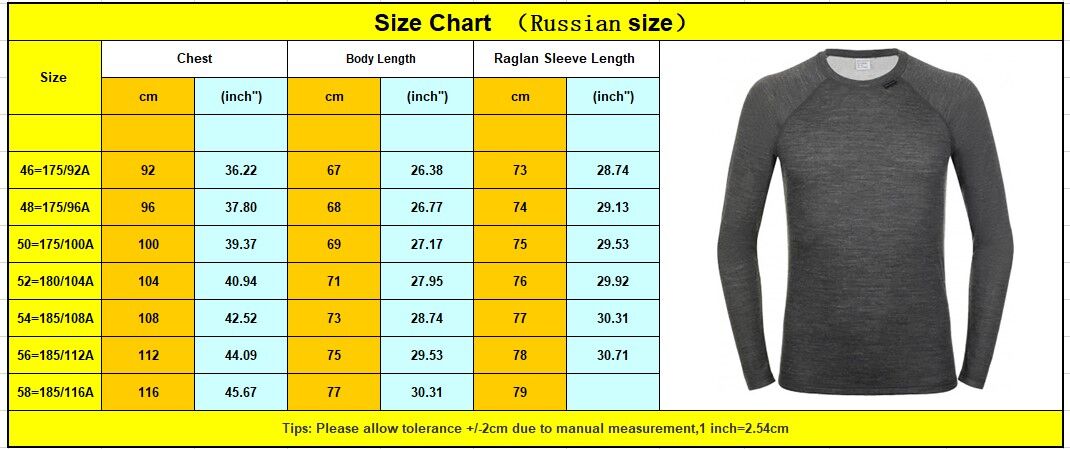New Tips On Deciding On Bamboo Clothing
Wiki Article
What Makes Yak Merino Base Layers So Efficient For Winter Sportswear In Terms Of The Natural Fiber Benefits And Environmental Sustainability?
Yak merino base layers are ideal for winter sports clothes due to their superior performance and also due to the fact that they are a natural fiber source in addition to sustainability for the environment. Renewable and biodegradable.
Both yak and merino wool are natural fibers that originate from animals (yak and merino sheep respectively). Renewable resources are harvested sustainably without harming the animal. They are biodegradable which means that they break down naturally and do not harm the environment.
Low environmental impact
Natural fibers have generally lower impact on the environment than synthetic materials. Wool is manufactured using fewer chemicals than synthetic fibers, and uses less non-renewable energy.
Energy Efficiency
The processing of wool fibers uses less energy than synthetic fibers produced like nylon or polyester. Natural wool manufacturing is energy efficient, resulting in lower carbon emissions.
Reducing Microplastic Pollution
Contrary to synthetic fibers that shed microplastics during washing, natural wool fibers aren't able to contribute to microplastic pollution in water bodies.
Recyclability, Longevity and Durability
Yak wool clothes are often durable and long-lasting that can extend their lives. Wool fibers are also recycled or repurposed in order to reduce consumption.
Sustainability Practices
Wool producers and manufactures adhere to sustainable, ethical practices. These include the welfare of animals, land management responsible, and fair conditions for workers in the chain of production.
Environmental Certification-
Certifications like the Responsible Wool Standard (RWS) or the Global Organic Textile Standard (GOTS) confirm ethically and environmentally conscious practices in wool production and provide consumers with confidence about the sustainability of wool production.
In the overall scheme, yak Merino Wool base layers are environmentally sustainable since they are made of natural fibers, have minimal environmental impact and also incorporate sustainable and ethical practices in the supply chain. When you choose natural fibers such as yak merino for winter sports apparel you're supporting environmentally sustainable and sustainable practices for consumption. Check out the recommended merino wool base layers for more recommendations including merino wool mid layer, merino undershirt, mens wool long johns, smartwool merino 250, icebreaker baselayer, smartwool merino base layer, merino wool base layer womens, merino wool base layer women's sale, snow base layers, cheap merino wool base layer and more.

What Are The Advantages Of Wearing Bamboo Clothing In Terms Of Softness And Antibacterial Properties Durability, Renewability, And Durability.
Bamboo clothing has many benefits such as the softness. Its antibacterial qualities. Durability. And renewability.
The silky and soft texture is frequently compared to luxurious materials like cashmere or silk. It feels gentle and smooth against the skin, providing a pleasant and enjoyable wearing experience.
Antibacterial Properties
Bamboo is a natural material with antimicrobial properties that are natural. This agent is called "bamboo Kun." This property prevents the growth and spread of bacteria that cause odors, fungi and even odors.
Durability-
Strength - Despite their softness, bamboo fibres can be durable and strong. Bamboo clothing is long-lasting and can be utilized to perform a range of tasks.
Renewability-
Rapid Growth - Bamboo is a highly renewable resource that grows rapidly without the requirement for fertilizers or pesticides. It can mature within a couple of years, which allows for an environmentally sustainable harvest while reducing the environmental impact.
Sustainability-
The production of bamboo is eco-friendly. and cultivation have lower environmental impacts than synthetic materials. Bamboo's rapid development, low need for water and its ability to thrive in a variety of climates all contribute to its sustainability.
Biodegradability-
Natural Decomposition - Bamboo clothing is able to naturally decay at the end its lifecycle. This reduces the amount of non-biodegradable waste in landfills. It also minimizes the amount of pollution.
Hypoallergenic Qualities
Bamboo fabric is less prone than other synthetic fabrics to cause irritation to the skin or trigger allergic reactions. This makes it a great option for those with sensitive skin.
Bamboo clothing is a fantastic option for anyone looking for practical, eco-friendly and comfortable clothes. It is soft, with antibacterial properties and durability. These attributes provide a relaxing and environmentally friendly experience. See the best bamboo clothing examples for more examples including bamboo infant clothing, bamboo cay shirts, bamboo polo shirts, yala pajamas, bamboo shorts womens, carter's bamboo pajamas, organic bamboo pajamas, checkered bamboo pajamas, boody ecowear, bamboo clothing underwear and more.

What Are The Main Differences Between Merino, Bamboo And Wool Clothing In Regards To Texture, Warmth And Absorption?
Comparing merino wool with bamboo clothing and traditional wool in terms of warmth, texture as well as moisture absorption. the texture.
Merino WoolMerino Wool Merino wool is renowned for its softness and fine fibres. It offers a smoother and less scratchy texture compared to traditional wool. It is thought to be more relaxing.
Bamboo Clothing Bamboo fabric is soft and silky. It's often compared to luxury materials like cashmere or silk. It is silky and soft, making it very comfortable to wear.
Traditional Wool: Traditional wool is available in a variety of textures. Some are coarser than others, and can cause itchiness or discomfort.
Warmth-
Merino Wool - Merino is an excellent wool for warming due to its insulation properties. It holds heat even when damp, and is an effective insulation for cold weather.
Bamboo Clothing is warm, however it isn't as much insulation as wool. Bamboo clothing regulates body temperature well and is comfortable in any conditions.
Traditional Wool - Much like the merino wool, traditional wool is warm and is insulating. Although it is often more heavy, or bulkier than bamboo or merino clothes.
Moisture Absorption-
Merino Wool Merino Wool, due to its outstanding moisture wicking properties, draws moisture away from the skin, allowing it to evaporate. It is warm when wet.
Bamboo Clothing: Bamboo fabric is also able to wick moisture away that draw moisture away from the skin and offering comfort during physical activities. It regulates humidity well and keeps the wearer drier.
Traditional Wool - While wool can absorb moisture, it may not possess the same properties for wicking moisture like bamboo or merino wool fabric. Some types wool can be heavy or damp when it is wet.
Summary, merino is an enviable reputation for the softness, warmth, and effectiveness of moisture wicking. Bamboo clothing provides an ultra-soft texture and sufficient warmth and moisture control. The texture of wool is variable and can be utilized to offer warmth, moisture absorption and the softness. But it could appear coarser and heavier in comparison with merino clothing or bamboo clothing. Each material offers unique features that are customized to meet the needs of different people and tastes. Read the top rated bamboo winter clothings blog for site recommendations including ski thermal underwear, warmest base layer for skiing, smartwool long sleeve, best layers for skiing, merino wool base layer hunting, merino wool long underwear, skiing mid layers, smartwool classic thermal merino quarter zip base layer top women's, wool base layer, 400g merino wool base layer and more.
